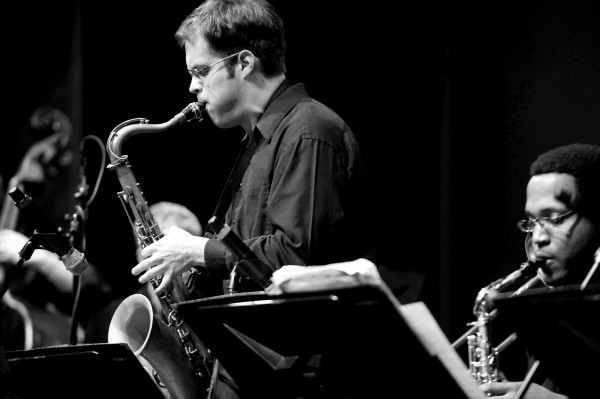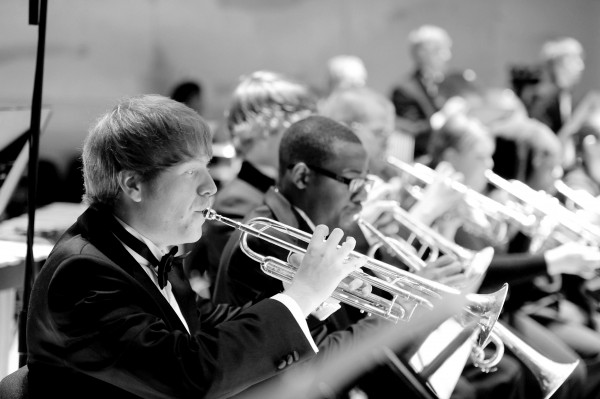
The School of Music has hundreds of enthusiastic students who have a passion for performing even though many students outside of its circle may not know what talent and skill these students possess.
Although audience turnout for individual and ensemble performances is decent, the school still has difficulty finding ways to increase student involvement with the program and exposing the student body to the wide variety of shows.

The School of Music teaches bright, young musicians, but the student body may not know shows are free.
“Since there is really no advertising budget, a large portion of our success in bringing people out is through social networking like Facebook and Twitter,” said Helene Erenberg, director of Relations and Publications for the School of Music. “Since our offices are located on a completely different side of campus, it is very difficult for us to connect with the student body.”
Although the use of social media has helped provide exposure, there is still much room for improvement. Erenberg admits that it is an ongoing issue keeping students in the know with upcoming events, many students not even knowing that all of the School of Music’s events are free.
“The School of Music has been doing performances and recitals since it was founded,” Erenberg said.
The Rialto Center for the Arts has been hosting the majority of Georgia State’s musical events for the last 15 years after being bought and renovated for the developing program. When asked about the continued expansion of the program, Erenberg said it looks to improve.
“As more students sign up, there will be more requirements, as there is only so much space. But the overall quality of our music program is improving” she said.
With nearly 450 student members of the school the program is still growing. Programs are divided between individuals and ensemble groups including the brass, choral, jazz, new music, opera, orchestra and percussion. The marching band is also included among these groups, which was most notably a part of President Barack Obama’s inauguration parade on Martin Luther King Day.
When asked about the average turn out for these per- formances, Erenberg said they have decent turnouts, but they could still be improved.
“Individual performances usually have about 50 people in the audience, while ensemble performances often have about 500 people on average” she said.
This may be because students are mis-informed about student performances at Georgia State.
“I didn’t even know that the shows were free,” junior Kiara Aytch said. “I would actually be interested in seeing a performance though, preferably jazz.”
Aytch wasn’t alone.

The School of Music teaches bright, young musicians, but the student body may not know shows are free.
“I never really hear about the events as much as I should” senior Kobe Opoku-Surpong said. “But I do love Jazz, and I feel the exposure to different genres is good for the students here. Maybe if the school had an event or promotional activity in the courtyard, more people would be attracted to attend performances. It would definitely be a nice change from having the same old hip-hop played every week in between classes.”
A popular theme among some students was what genres of music they would be interested to hear.
“I feel like students could learn a lot about genres of music that they may not know they are interested in,” Erenberg said. “You don’t even have to be studying music to perform in the band. Some of the choirs also don’t even require auditions to join, but a majority of our student body is in the dark about that.”
Anyone who is interested in learning more about the program can find information at www.music.gsu.edu. They can also be found on Facebook and Twitter @GSUmusic.
